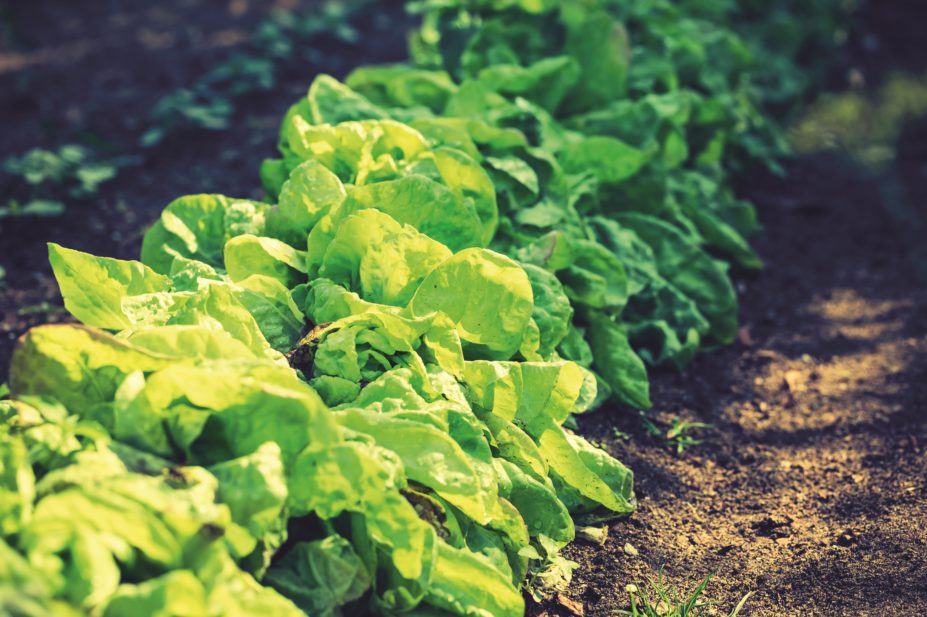
Shutterstock.com
Having a great interest in food and agriculture, I was glad when a colleague informed me about a new study led by the University of Exeter Medical School and Plymouth University which found that drugs released into the environment can have a significant impact on the growth of plants, including those used for food.
This study looked at the impacts of a range of non-steroidal anti-inflammatory drugs (NSAIDs) on edible crops and found that, even at very low concentrations, the growth of plants like lettuce and radish can be affected by familiar medicines including diclofenac, tolfenamic acid, meclofenamic acid, mefenamic acid and ibuprofen.
The potential for these chemicals to influence plants is becoming increasingly relevant, particularly as waste management systems are unable to remove many compounds from our sewage. Drugs for human use make their way into soil through a number of routes, including the use of sewage sludge as fertiliser and wastewater for irrigation.
In addition, there is a need on health grounds for our populations to eat more plants, indeed to base diets increasingly on plants. Given that the UK imports significant quantities of fruit and vegetables and that few of us consume our five-a-day, eating more fruit and vegetables poses questions about how and where they should be produced should people increase their intakes. Anything that prejudices edible plant growth is of concern.
This recent study looked for a number of changes in edible plants, assessing factors such as water content, root and shoot length, overall size and how effectively the plants photosynthesised. Each drug was shown to affect the plants in very specific ways, with marked differences between drugs that are closely related. For example, drugs from the fenamic acid class affected the growth of radish roots, whilst ibuprofen had a significant influence on the early root development of lettuce plants.
Use of medicines continues to increase and the pharmaceuticals we use ultimately end up in the environment. The study authors say that relatively little is still known about the effects of pharmaceuticals in the environment, particularly on flora and fauna. The understanding of pharmaceuticals in the environment needs to increase, including the impact of pharmaceuticals in the environment on public health, so that appropriate monitoring and controls can be put in place.
The presence of pharmaceuticals in the environment has attracted research attention particularly as evidence emerges of the effects they can have on the development of animals and antibiotic resistance in bacteria. Yet their ability to affect plant growth is poorly understood. This study marks an important step in an emerging research field attempting to assess how very low concentrations of drugs can affect the growth of crucial crop plants. It specifically considered the non-steroidal anti-inflammatory drugs, naproxen and ibuprofen.
You may also be interested in
The importance of diverse clinical imagery within health education

Government should consider ways to prevent ‘inappropriate overseas prescribing’ of hormone drugs, review recommends
